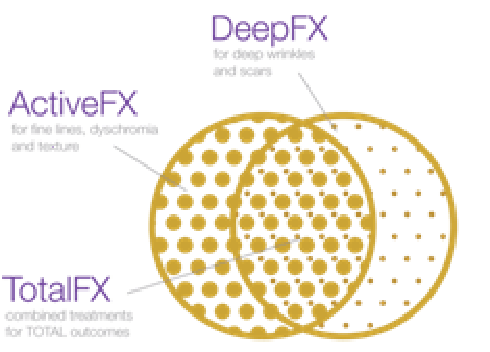Yes you can do this but you need to be careful and not be too aggressive. Chemical peels that are combined with photofacials need to be light and superficial. It all depends on what condition you are trying to treat. If it is melasma, being to aggressive can sometimes aggravate the condition. This same principle also applies to hyperpigmentation. It also depends on your skin type too. If you have darker skin, being more cautious is important. chemical peels that are done every month should be more superficial. Deeper chemical peels require a longer interval otherwise scarring could occur. The benefit of doing chemical peels and photofacials together is that chemical peels work on more superficial elements of the skin while the photofacials can concentrate on deeper structures. The combination of the two however is rather in its infancy stage and there are not a lot of solid scientific evidence regarding using them. The research however will continue to find new ways to benefit our patients.
Thanks for reading, Dr Young
Dr Young specializes in Facial Cosmetic and Reconstructive Surgery and is located in Bellevue near Seattle, Washington
